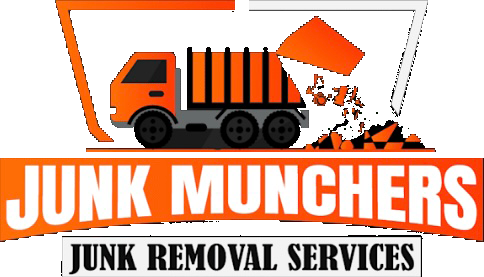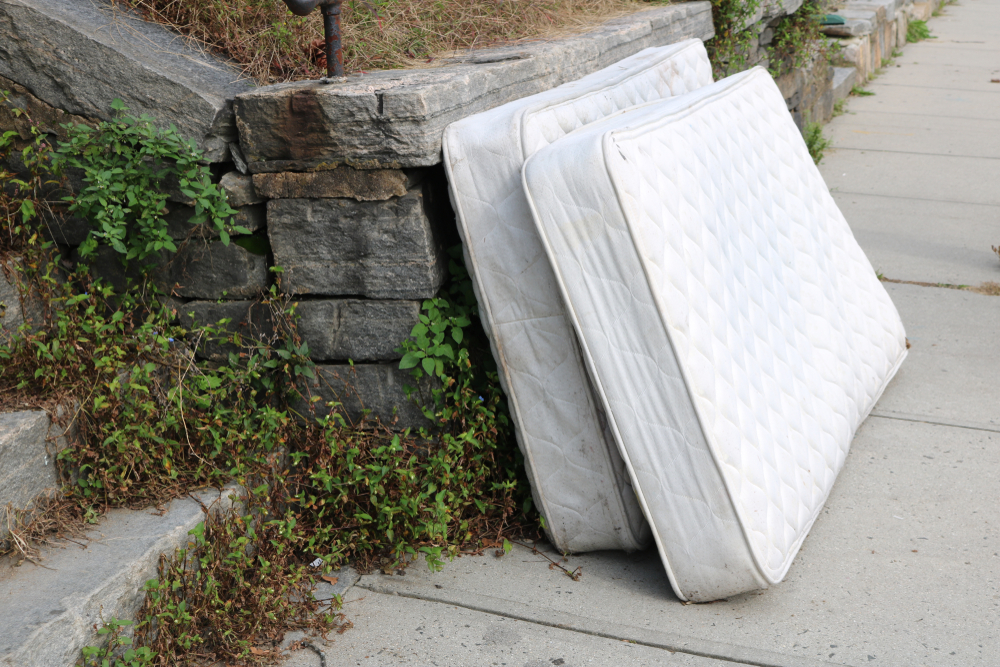Key Factors in Choosing a Reliable Commercial Junk Removal Service
Selecting the right commercial junk removal service can be a vital decision for businesses of all sizes. Whether you manage a small storefront or a sprawling office complex, keeping your space clean, organized, and free from clutter is essential for both functionality and appearance. With the right junk removal service, you can improve your business’s operational efficiency and enhance its overall image. However, with numerous options, particularly in places like Union City, CA, knowing which provider will deliver the best value and service can be challenging. Here are key factors to consider when choosing reliable commercial junk haulers in Union City, CA.
Understanding the Importance of Commercial Junk Removal
Commercial junk removal goes beyond mere cleanliness. For many businesses, accumulated clutter can lead to safety hazards, reduce productivity, and even increase liabilities. Unlike residential junk removal, which focuses on households and small debris, commercial junk removal deals with larger quantities and a broader range of items. This could include construction debris, old office furniture, obsolete electronics, and other waste that requires specialized handling and disposal.
Businesses need a service provider that understands these nuances and can manage disposal and recycling efficiently. In Union City, CA, several trash removal companies specialize in commercial junk hauling, each offering varying levels of service, expertise, and pricing.
Essential Qualities of a Reliable Commercial Junk Removal Service
Expertise and Experience
When it comes to handling large quantities of waste, experience is critical. Look for a commercial junk removal company with a proven track record in handling projects similar to yours. Experienced providers are likely to be more efficient in evaluating your junk removal needs, providing estimates, and managing logistics.
Union City CA trash removal companies that specialize in commercial properties will have the knowledge to handle various types of debris, ensuring compliance with local disposal regulations. An experienced provider will also be able to anticipate potential issues, such as challenging access points or oversized items, and plan accordingly.
Range of Services Offered
Not all junk removal needs are the same, and commercial spaces, in particular, can vary greatly in the types of waste they generate. Some common services offered by reliable commercial junk haulers in Union City, CA, include:
- Office Cleanouts: Removal of old office furniture, electronics, and other materials.
- Construction Debris Removal: Disposal of leftover construction materials like wood, metal, and drywall.
- Retail Space Cleanouts: Clearing out display units, shelving, and other fixtures.
- Eco-Friendly Disposal: Sustainable practices like recycling and donating usable items.
Select a provider that offers a wide range of services tailored to your specific needs. The more versatile the company, the more likely it is to provide efficient and comprehensive solutions.
Licensing and Insurance
Commercial junk removal companies should be fully licensed and insured. This ensures they comply with local regulations and provides peace of mind for your business. Licensed companies have met specific standards and are authorized to handle various types of waste.
Insurance, on the other hand, protects your business in the event of any accidents or damage during the junk removal process. Choosing an insured provider means you won’t be liable for any on-site incidents, which is especially important if large or hazardous items are involved.
Eco-Friendly Practices
Sustainable waste disposal is a priority for many businesses today. With environmental regulations becoming stricter and customer expectations shifting towards eco-conscious practices, selecting a provider that emphasizes environmentally friendly disposal methods is crucial. Many Union City CA trash removal companies have adopted green practices such as recycling and donating usable items.
An eco-conscious junk removal service will assess what can be recycled, donated, or responsibly disposed of. By working with a green-focused company, your business can reduce its environmental impact and align itself with sustainable values that resonate with customers and clients alike.
Transparent Pricing
Price transparency is another critical factor when selecting reliable commercial junk haulers in Union City, CA. Some companies offer a flat fee, while others charge by volume or the complexity of the job. It’s essential to understand the pricing structure before committing to a service.
Request a detailed quote that outlines all costs associated with the project. This should include labor, disposal fees, and any additional charges for specialized items. Avoid companies that cannot provide a clear estimate upfront, as hidden fees may arise later in the process.
Flexible Scheduling
Businesses often need junk removal services during off-hours or at times that will not disrupt daily operations. A reputable junk removal company should be able to accommodate your scheduling needs. Look for a provider that offers flexible hours, including weekends and after-hours services if necessary.
Flexibility also extends to last-minute or emergency requests. Reliable Union City CA trash removal companies understand that urgent needs can arise and should be able to respond promptly, minimizing downtime and maintaining your business’s productivity.
Customer Service and Communication
Strong customer service is the backbone of any reliable junk removal service. From your first inquiry to project completion, the company should be responsive, professional, and clear in its communications. This includes everything from answering questions about services to providing regular updates throughout the removal process.
Check for online reviews and testimonials to gauge the quality of customer service. Reliable commercial junk haulers in Union City, CA, often have positive feedback from previous clients, which can give you insight into their professionalism and reliability.
Safety Standards and Compliance
Safety is paramount in commercial junk removal, where large and potentially hazardous items are often involved. Companies with high safety standards will protect not only their staff but also your property and employees. Ensure the junk removal service follows Occupational Safety and Health Administration (OSHA) guidelines or other applicable standards.
In addition, compliance with local laws and regulations is crucial. Union City, CA, has specific requirements for waste disposal, recycling, and handling hazardous materials. Reliable providers are well-versed in these regulations and ensure your business remains compliant, avoiding potential fines and legal issues.
How to Evaluate Commercial Junk Removal Companies in Union City, CA
Research and Compare Providers
Begin your search by compiling a list of Union City CA trash removal companies. Look for those that specialize in commercial junk removal and have a solid reputation within the community. Read reviews, check social media pages, and visit the companies’ websites to get an overview of their services and client testimonials.
Once you have a shortlist, contact each provider to discuss your specific needs and get quotes. Comparing multiple companies will help you assess which one offers the best combination of service quality and value for money.
Request Site Assessments and Quotes
A reliable junk removal company should be willing to conduct a site assessment to understand the scope of work and provide an accurate estimate. This assessment allows them to see the space and evaluate any challenges upfront. It also gives you a chance to interact with their team and ask questions about their process.
During the assessment, clarify any specific requirements your business may have. Whether it’s handling particular materials or meeting a tight schedule, ensure the provider can accommodate your needs.
Check for Customizable Solutions
Every business has unique junk removal needs, and a one-size-fits-all approach may not be ideal. Look for a provider that offers customizable solutions to fit your requirements. Whether you need routine junk removal or a one-time cleanout, a reliable provider will tailor their services accordingly.
For instance, if your business frequently generates recyclable materials, find a company that prioritizes recycling in its service model. Customization not only ensures better service but also often leads to more cost-effective solutions.
Selecting a Commercial Junk Removal Service
Choosing the right commercial junk removal service in Union City, CA, can make a significant difference in maintaining a clean, organized, and safe business environment. From assessing a company’s experience and range of services to ensuring they follow eco-friendly practices, each factor plays a crucial role in your decision-making process.
Reliable commercial junk haulers in Union City, CA, prioritize customer satisfaction, safety, and environmental responsibility. By taking the time to evaluate potential providers based on these key factors, you can find a trustworthy partner to manage your business’s junk removal needs effectively. Remember, the right choice goes beyond price—it’s about finding a service that aligns with your business values, delivers high-quality results, and supports your operational efficiency.


